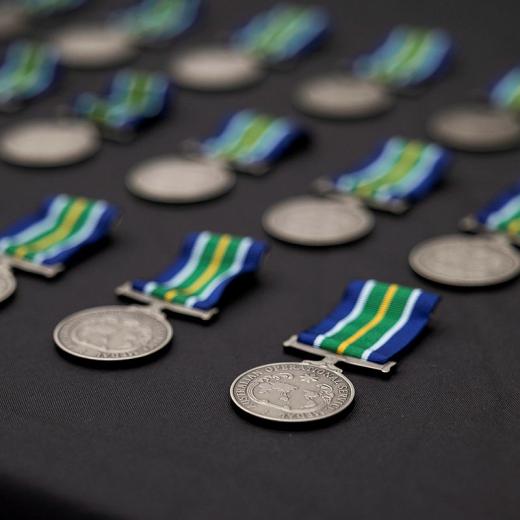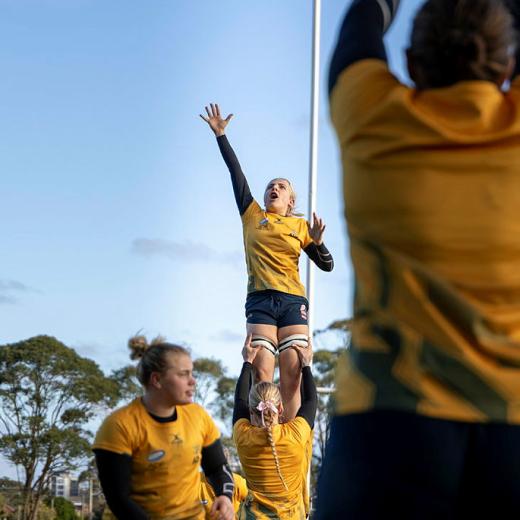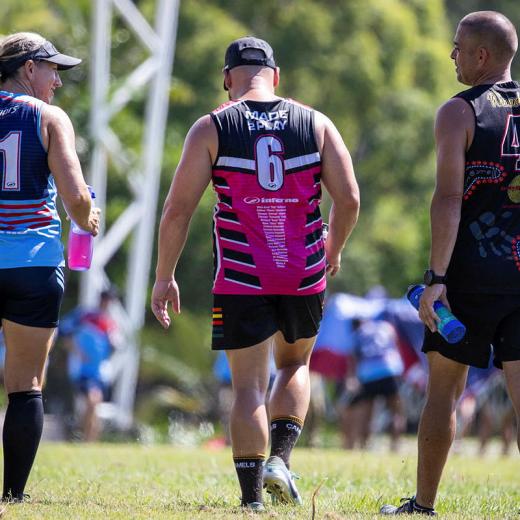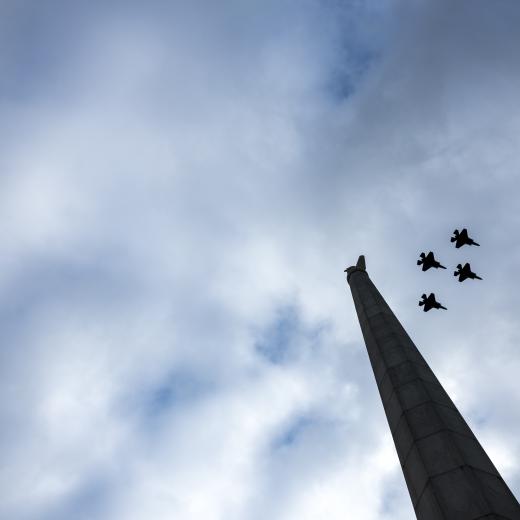BLUF
US military leadership training and education programs are continuously evolving to meet the increasingly complex nature of warfare.Summary
Leadership is fundamental to warfare. Until around the 1880s, the US Army's thinking was that leaders are born, not made. However, after the Civil War (1861-65), things started to change. Gradually it became accepted military thinking that lessons learned in battle could be used to develop leadership skills. Theoretical knowledge was consolidated by map reading and field exercises. The US military also began to identify the qualities a leader must possess; for example, a leader must be:
- determined
- unflappable
- charismatic
- confident in the delegation of authority
- seasoned
- intelligent
- thoughtful
- courageous
- disciplined
- decisive
US Army doctrine defined leadership in terms of what a leader does rather than what a leader is, which resulted in leadership being defined as:
' the process of influencing others to accomplish the mission by providing purpose, direction, and motivation.'
Think about some of the qualities of leadership identified in US doctrine. Then consider whether these qualities are still applicable today.
References
- July 2020 HBR Look to Military History for Lessons in Crisis Leadership
- Dec 2020 AJDSS A strategic leadership theory of military effectiveness: General Matthew Ridgway and the revival of the US Eighth Army in the Korean War
- Mar 2021 Encyclopedia com Revolution: Military Leadership, American
- Mar 2021 US Dept of Defense Biden Showcases the Strength, Excellence of American Military Diversity





